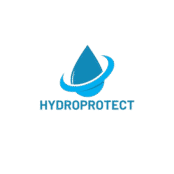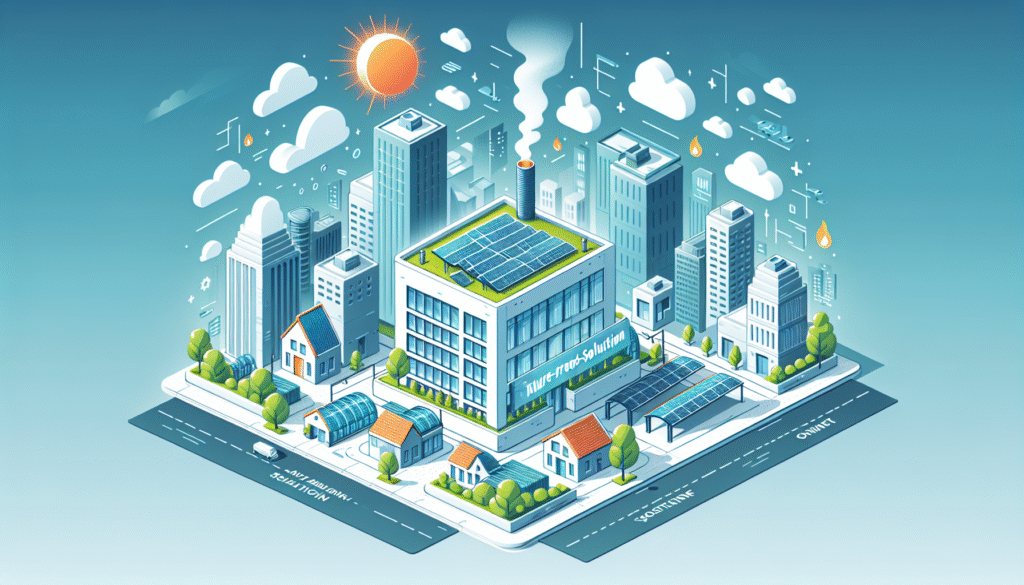Understanding Hotmelt Roof Waterproofing
When it comes to protecting your investment, the roof is one of the most critical components of any building. For hall and warehouse owners, developers, and property managers, choosing the right waterproofing solution is key to maintaining structural integrity and minimizing maintenance costs. Among the myriad of options, hotmelt roof waterproofing stands out as a future-proof solution. But what makes hotmelt technology so effective and long-lasting?
Hotmelt roof waterproofing involves the use of a hot-applied, rubberized bitumen membrane that adheres seamlessly to the roof deck. This creates an impermeable barrier against water ingress. The technique ensures a sturdy and elastic membrane that adapts to the building’s natural movements, reducing the risk of leaks and cracks. It’s particularly favored for its durability and is gaining popularity in both new constructions and refurbishment projects.
The Advantages of Hotmelt Roof Waterproofing
In the search for reliable roofing solutions, the benefits of hotmelt technology cannot be overstated. Here, we delve into why this method is increasingly becoming the preferred choice for many building professionals.
Durability and Longevity
One of the most significant advantages of hotmelt waterproofing is its exceptional durability. This technology forms a monolithic layer that is highly resistant to wear and tear:
– **Adaptability:** Hotmelt membranes remain flexible, handling temperature fluctuations and building movements with ease.
– **Long Lifespan:** Typically lasting over 30 years with minimal maintenance, hotmelt systems provide a cost-effective solution in the long run.
Seamless Application
The seamless nature of hotmelt application eliminates weak points that are common in other waterproofing systems that use seams or joins. This reduces the risk of leaks significantly by avoiding potential entry points for water.
Environmental Considerations
Modern construction requires attention to environmental impacts. Hotmelt waterproofing meets these criteria:
– **Eco-Friendly:** Many hotmelt systems are made from recycled materials, reducing environmental impact.
– **Energy Efficient:** The insulation properties can enhance the energy efficiency of a building, leading to reduced energy costs.
Comparing Hotmelt with Traditional Waterproofing Methods
While various roofing waterproofing options exist, hotmelt technology offers distinct advantages over traditional approaches such as liquid-applied systems or sheet membranes.
Liquid-Applied Systems
Liquid-applied waterproofing systems can be appealing due to their ease of application; however, they often lack the robustness and uniformity offered by hotmelt. Liquid systems can be susceptible to inconsistencies that arise during application, potentially leading to failures over time.
Sheet Membranes
Though widely used, sheet membranes come with inherent drawbacks such as seams and overlap joints that are prone to breakdowns. Hotmelt’s seamless application provides a more reliable and long-lasting solution, minimizing maintenance interventions.
- Seam Integrity: By eliminating the need for overlaps and seams, hotmelt significantly reduces potential leakage points, providing a more consistent performance.
- Thermal Performance: Unlike some sheet membranes, hotmelt can contribute positively to a building’s thermal performance, further enhancing its appeal.
Hotmelt Installation: Professional & Efficient
Ensuring the quality of a hotmelt roof waterproofing system starts with professional installation. It requires specialized knowledge and skills to apply the hot-applied bitumen effectively, ensuring its enduring performance.
Expert Application
For hall and warehouse owners, choosing experienced contractors ensures that the hotmelt system is applied correctly. Expert application not only guarantees the longevity of the system but also ensures compliance with industry standards.
Maintenance and Inspection
Even with its durability, regular inspections can help maintain the integrity of a hotmelt roofing system. A professional maintenance plan can identify early signs of wear and address them promptly, extending the lifespan of the waterproofing.
Summary
In summary, hotmelt roof waterproofing provides an innovative, robust, and environmentally friendly solution for hall and warehouse owners, developers, and property managers seeking long-lasting roofing solutions. With benefits such as enhanced durability, seamless application, and environmental sustainability, hotmelt technology stands as a future-proof choice. When compared to traditional methods, it offers superior performance and a reliable barrier against the elements, making it a top recommendation for modern construction and refurbishment projects. By choosing a professional installation and maintenance plan, you ensure the full potential of this leading-edge waterproofing system is realized.

